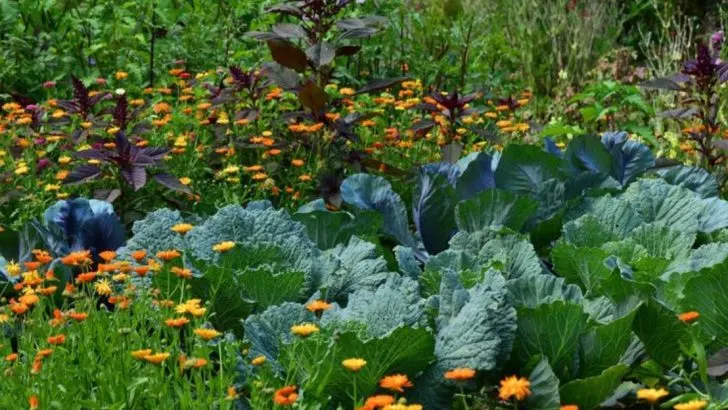Straight rows look tidy—but nature doesn’t grow that way. After years of planting in neat lines, I decided to try something different: a more organic, scattered layout that let plants mingle, wander, and fill space naturally.
The result? Not just healthier, more resilient plants, but surprising new life in the spaces between. In the gaps where bare soil once showed, self-seeded herbs, wildflowers, and volunteer vegetables began to thrive—creating a richer, more dynamic ecosystem.
In this article, I share why breaking free from rigid rows changed how I garden—and what beautiful, unexpected things can happen when you let the gaps grow wild.
Biodiversity Boost

Walking through a garden that’s alive with diversity can be a unique experience. The absence of rigid rows allows plants to interact naturally, fostering a vibrant ecosystem. Interspecies interactions can lead to healthier plants and a garden that thrives as a whole. This method encourages beneficial insects, reducing the need for chemical interventions. It’s a win for sustainability! Besides, the visual appeal of a mixed, colorful garden is undeniably captivating. The sheer variety becomes a canvas of nature’s beauty, each plant contributing its distinct hue and texture.
Soil Health Amplified
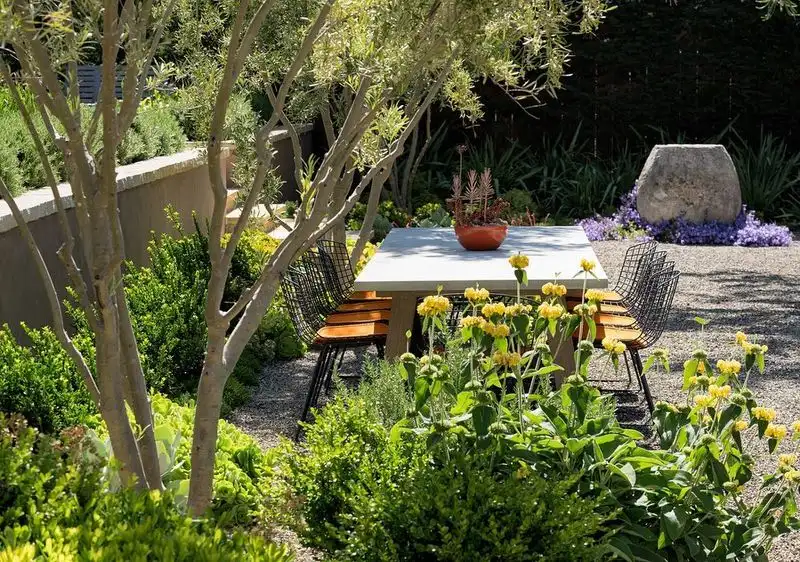
Ever notice how healthy soil smells earthy and fresh? When plants grow closer together, their roots form a network that strengthens the soil structure, preventing erosion. This approach creates a thriving environment for earthworms and microorganisms that keep soil nutrient-rich. The increased organic material from plant debris further enhances soil health. It’s a natural cycle where every element supports the other, making the garden resilient. Not just a feast for the eyes, but nourishment for the earth below too. Sounds intriguing, doesn’t it?
Creative Freedom
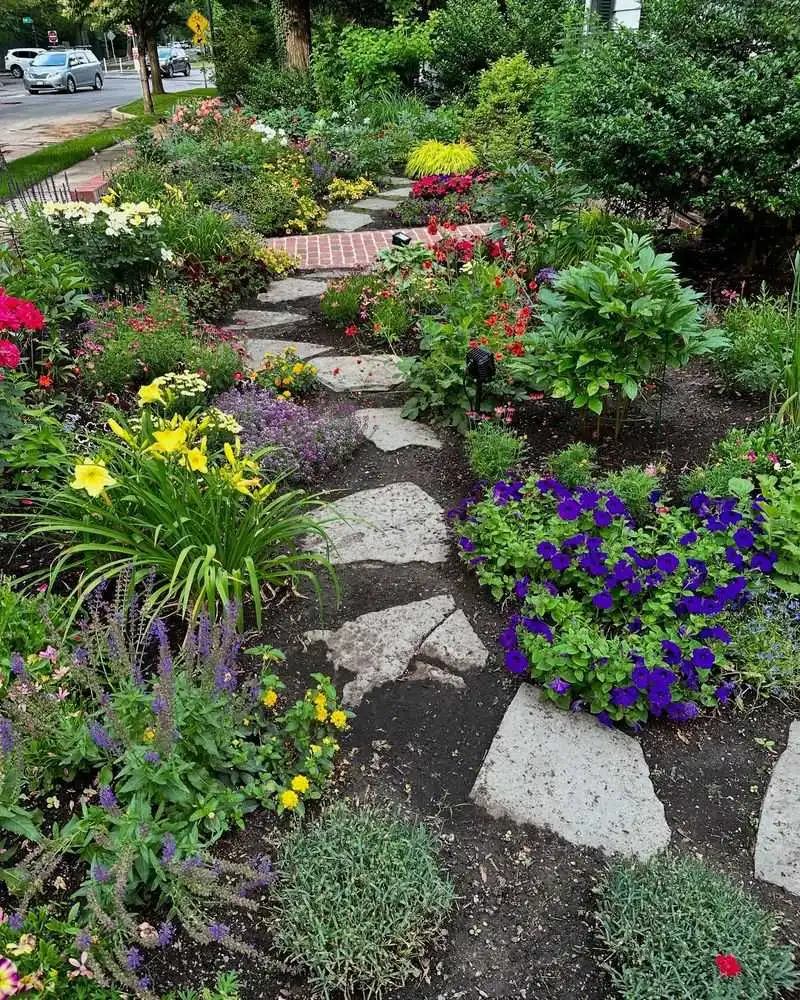
Gardening is an art, and this style of planting is a canvas waiting to be painted. Without the constraints of rows, creativity can flourish. Plant enthusiasts can experiment with textures, colors, and heights, resulting in a garden that’s uniquely theirs. This freedom allows for seasonal surprises, as different plants take center stage at various times. It’s an ever-evolving masterpiece. The spontaneity of not knowing exactly what will pop up next keeps things exciting and offers endless opportunities for personal expression.
Water Efficiency
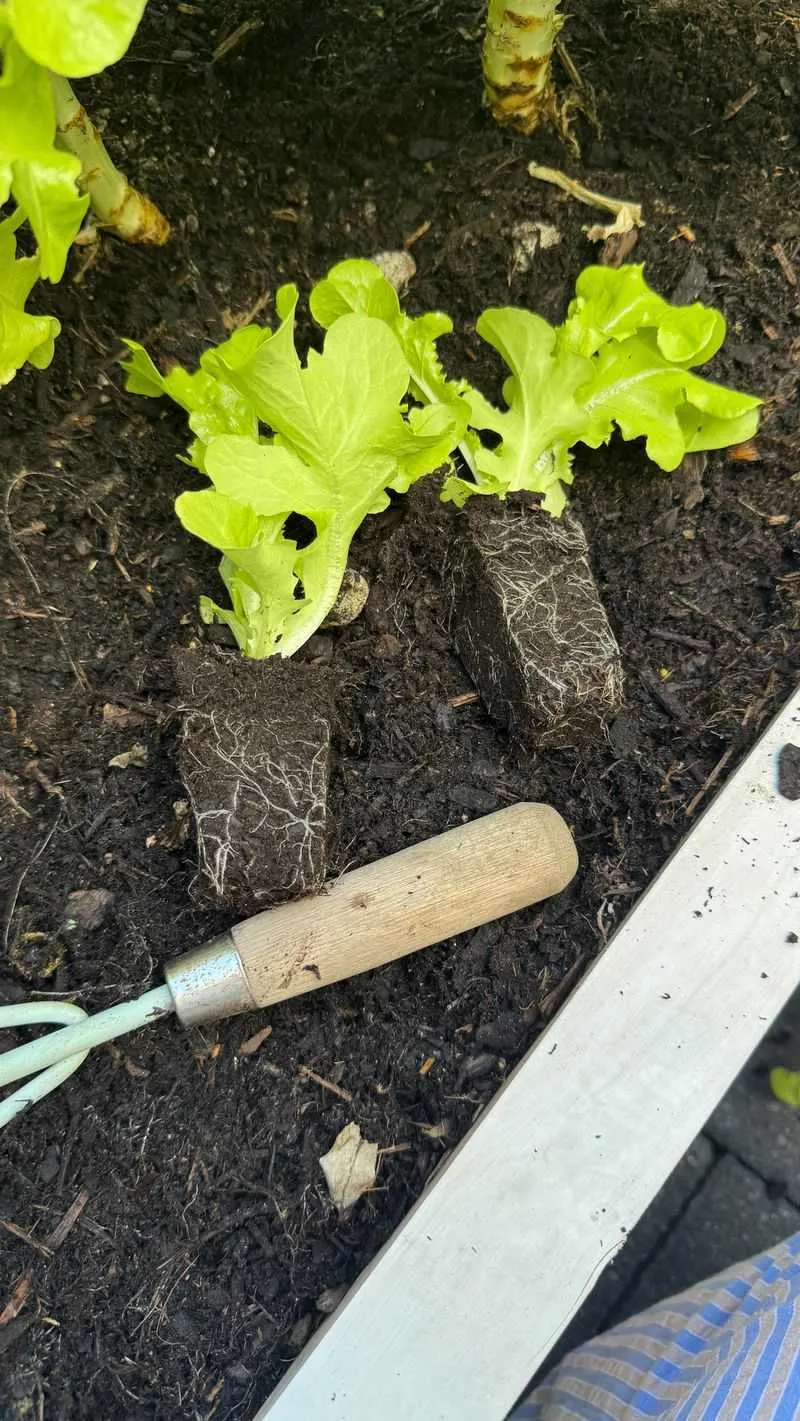
Reducing water usage is a growing concern, and this method can help. Without rows, water can be distributed more evenly among plants, minimizing waste. The close proximity of plants creates a microclimate that reduces evaporation, retaining moisture in the soil longer. This efficient use of water means fewer resources are needed to maintain a lush garden. It’s an approach that aligns with sustainable gardening practices. By maximizing water retention, gardeners can conserve this precious resource while still nurturing their plants.
Unexpected Discoveries
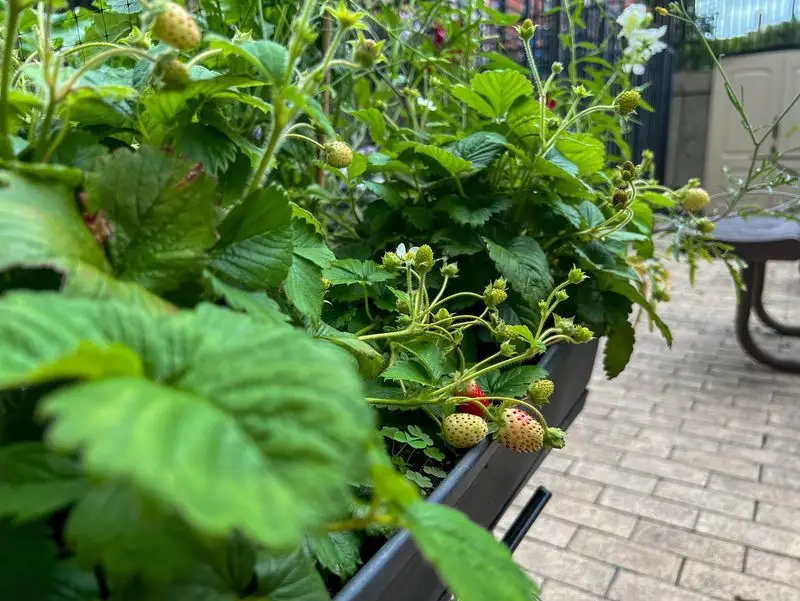
There’s a certain thrill in stumbling upon a surprise harvest. Planting without rows often leads to unexpected gifts sprouting in the gaps. These serendipitous finds might include a hidden tomato plant or a volunteer sunflower. Such surprises bring joy and remind us of nature’s unpredictability. In a way, it’s like a treasure hunt with each visit to the garden. The unpredictability invites curiosity and wonder, offering a fresh perspective on what gardening can be. It’s a delightful journey of discovery, season after season.

